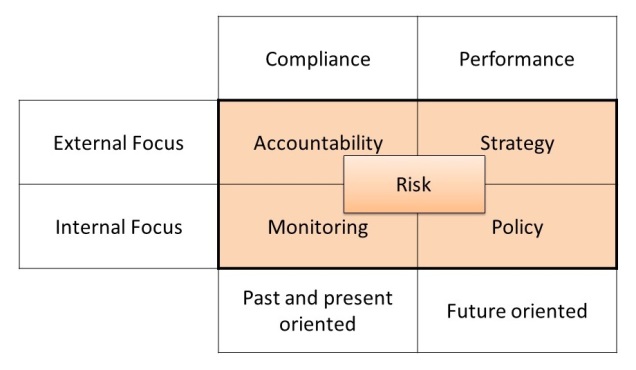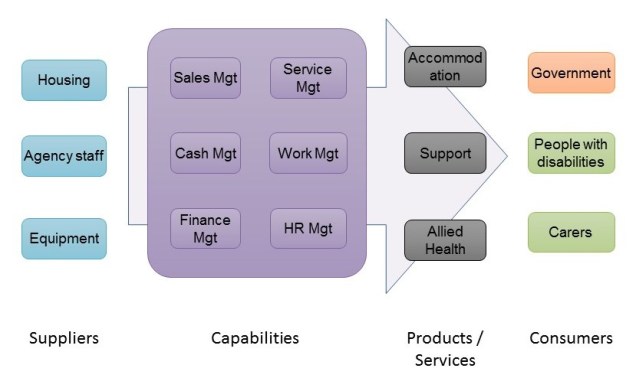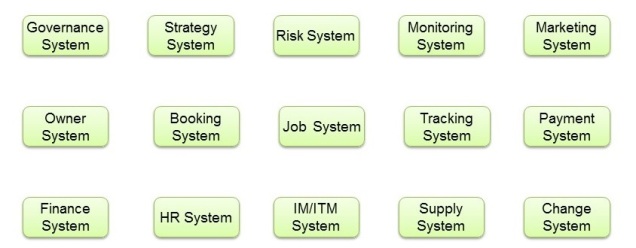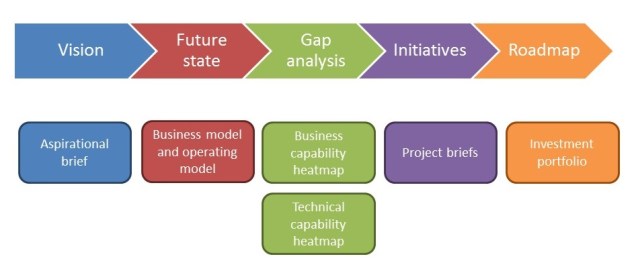Many of my articles have been about particular concepts, topics, models or perspectives relating to architecting enterprises. In that regard, they have not offered as much about the process of architecting or the methodology that we employ.
This article seeks to explore this territory, offering a simple approach which can be applied to any enterprise-as-a-system, and on which I may elaborate in later articles.
Enterprise models
Our method uses three key models:
- Governance model
- Business model
- Operating model
The governance model entails application of the Tricker model, which is introduced to any Director undertaking the Company Directors Course offered by the Australian Institute of Company Directors. Key areas that are given attention are shown in the following diagram.
Use of this model this model means that the activity of architecting the enterprise is easily integrated into the corporate governance model and will be familiar to many Directors, not only in Australia but also in other countries.
The second model is the business model, taking an enhanced approach to the Business Model Canvas. An example of a business model representation for a disability organisation is shown in the following diagram.
Further exploration of business models and their development is provided in:
The third model is the operating model which is developed to enable the enterprise to realise its intended business model(s). An example of an operating model for a fictitious taxi company is shown in the following diagram.
Further exploration of operating models is provided in:
Transformation program
By iterating the use of business models and operating models, an enterprise can:
- articulate its business strategy
- express its intended business and operating model
- enable the organisation to assess capability gaps
- develop an investment portfolio and transformation program
Overall, this approach is reflected in the following diagram.
As with the business models and operating models, this can be applied to any enterprise, whether it relates to a multi-organisational venture, a single organisation or part of an organisation.
Applying this pattern
If you interpret the diagram to mean that one creates a vision for where an enterprise should be in five years’ time, a roadmap to get there, and then religiously follow that roadmap for the next five years, then you will find it very 1970s thinking – as commented by a colleague.
That is not how the process “works out”. Nevertheless, it is the case that whenever a change in business model is contemplated, a number of change initatives will inevitably emerge. It is also the case, that whenever I encounter a client there is a “portfolio” of change initiatives in train, whether or not they are being managed as a program and portfolio, and that there will be elements of this cycle that are layered on top.
Sometimes, my starting point is the current portfolio, working backwards to ascertain whether there is clarity about the capabilities being improved, the operating model being realised, and the business models being pursued. So, the cycle may be entered at any point (because annual capital budgets create a cycle anyhow) and in any direction.



